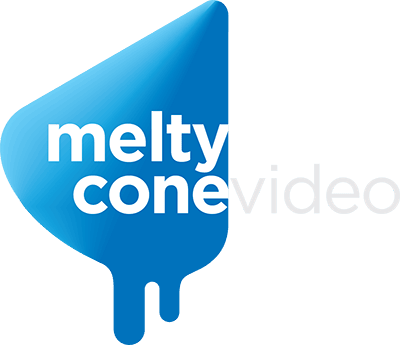Every video production, whether big or small, requires a storyboard. A storyboard is like the human skeletal system. It holds everything in place. If the skeletal structure isn’t up to standards, you’re going to have a deformed body. The same thing applies to your video production.
So, how do you create an effective storyboard? Well, there are several steps to be taken. Though we can’t discuss everything here, we’ve selected some of the key considerations to be made when developing storyboards.
Hopefully, you’ll find it helpful.
ADD VISUAL ELEMENTS
As you may already know, we, as humans, are visual learners. We prioritize images (moving or otherwise) over text. So, it’s easier to make sense of things when everything is presented in the form of pictures or diagrams.
This applies to storyboards as well. So, don’t think twice about making your storyboard visual. For instance, if you’re preparing a storyboard for an e-learning video, you can illustrate the interface for your new course. This will help your team gain a clearer picture of how the course should look.
This brings us to another area of consideration.
LAYOUT EFFICIENCY
A storyboard with visual elements needs to be organized properly with regard to its layout. A poorly organized layout can ruin everything.
A layout carries all the elements necessary to create a scene. This includes objects, text, characters and so on. Make sure the space is utilized to its maximum. However, that doesn’t mean you fill it up with clutter.
Leave space and be realistic. Avoid any overlapping of the elements, unless the scene demands it. Remember, a layout can make or break a storyboard. Even the best content cannot work if the layout is inefficient.
TAKE THE TIME TO VISUALIZE
Of course, before you begin anything, you need to develop a clear picture of things in your head. You need to know how the elements in each scene need to be arranged. To put it simply, you need to have a clear-cut idea of what goes where.
The process of developing a mental replica of the scene you intend to shoot is called visualization. The goal of visualization is to get a consensus on things before you begin shooting. Otherwise, things can go haywire faster than you can imagine and your end result will look nothing like you intended it to be.
Once you’re done with a final draft, your storyboard should typically contain content, technical information, set location, verbal delivery, and time of day.
Think of it this way- your storyboard is your recipe. Forgetting even one ingredient can result in the whole dish tasting bad. So, think before you write down the list or in this case, visualize before you create a draft.
DON’T WASTE TIME WORRYING ABOUT THE ARTWORK
There is a general misconception among people that a storyboard needs to look like a work of art. That’s what they show us on TV and other sources. However, this is far from the truth. When you see a storyboard on TV, you’re looking at the work of a professional illustrator who’s been hired by a big budget studio.
In small-scale video production, you don’t have the resources to hire such people. But, more importantly, you don’t need to. Storyboards don’t have to be aesthetically pleasing. They just need to make sense and be organized. You can actually draw stick figures, and it’d be more than enough. As long as the core message is being communicated accurately, you’re good. No one outside of the production team is going to take a look anyway.
However, if you do feel like the storyboard needs to look a certain way, there are freelance artists who can help. Or, you can find someone within the team who is known for being a little artistic.
But, at the end of the day, it doesn’t matter.
THEME AND STYLE NEED TO BE CONSISTENT
A storyboard also communicates how your video needs to look. For example, if your brand uses a certain set of colors or boasts a certain personality, your storyboard needs to mention that. It needs to discuss how you’re going to reflect the exact look and feel in the video.
If you are considering having a video made, contact Melty Cone today and let us know - we are here to help! Melty Cone is a full-service video production company and video marketing agency in New York City providing video production services for NYC, NY, New Jersey, NJ, Philadelphia, Connecticut, Los Angeles, LA, Chicago, Houston, Phoenix, Dallas, San Jose, San Francisco, SF, Texas, Austin, Columbus, Denver, Seattle, Washington DC, Charlotte, Fort Worth, California, Boston, Pennsylvania, Massachusetts, Miami, Orlando, Tampa, Jacksonville, Florida, Atlanta, Indianapolis, San Diego, San Antonio, Oklahoma, Nashville, Tennessee, Las Vegas, Portland, Arlington, Oakland, Jersey City, Long Beach, Anaheim, Naperville, Berkeley, Alexandria, Cambridge, Ft Lauderdale, Palm Beach, Detroit, Minneapolis, Baltimore, Riverside, St Louis, Pittsburgh, and worldwide!


